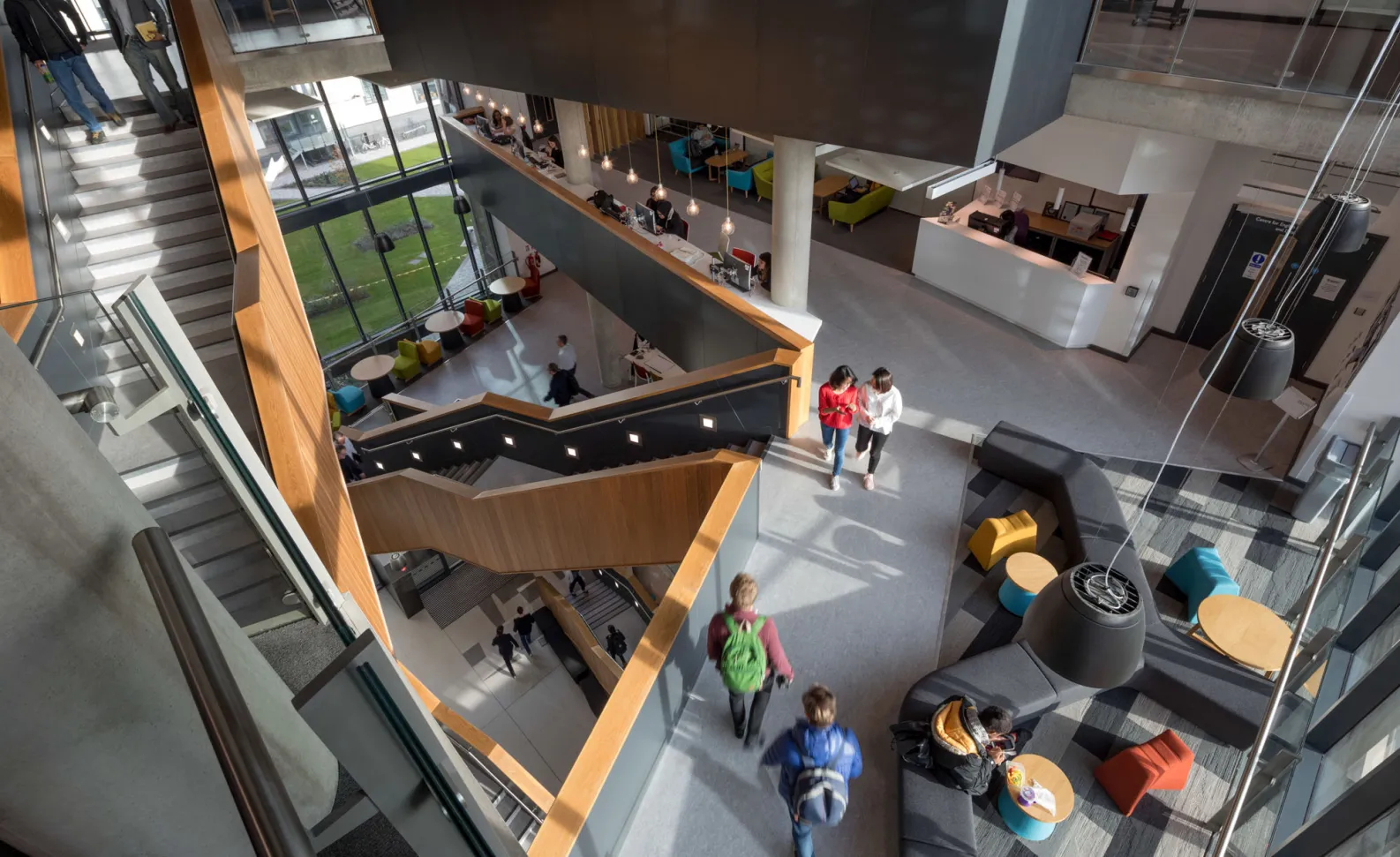Insight
EBF: Investing in the Scottish education estate
10 Apr 2025
As conversations around the future of the education estates continue to evolve, the recent Education Building Forum brought together key leaders from across the sector to share ideas, challenges, and opportunities.
Pick Everard’s associate director, Nick Davies, attended the event, where the theme for 2025, “Investing in the Scottish Education Estate”, sparked timely discussions that resonate far beyond Scotland’s borders.
Improving the condition of existing school buildings remains a pressing priority for education providers across the UK. With many estates ageing, underfunded, or struggling to meet modern demands, the need to refurbish and repurpose existing assets is becoming more important than ever.
However, investment is no longer just about bricks and mortar, it’s about creating learning spaces that are adaptable, inclusive, and sustainable for generations to come.
Flexible learning spaces
A key theme emerging from the forum was the increasing need for flexibility in education design. With learning no longer confined to traditional classroom settings, future-ready schools must accommodate a range of learning styles and support pupils with additional support needs (ASN). Tailoring environments to support neurodiversity and wellbeing was a focus of discussion, ensuring that spaces work for every learner.
Achieving net zero targets
Sustainability, unsurprisingly, was front and centre of the conversation, particularly in the push towards achieving net zero targets. Natural ventilation in schools sparked significant interest, with discussions centering around the true carbon savings of this strategy, compared to maximising recovering energy from extract air, utilising MVHR (Mechanical Ventilation Heat Recovery) units in lieu of opening windows.
However, achieving net zero in operational and embodied carbon continues to present both technical and funding challenges, requiring collaboration between designers, local authorities, and education providers.
Unlocking underused land
Innovative funding models were also explored, especially the opportunity to unlock land value within school estates. In some cases, schools with underused or surplus land are partnering with developers to deliver recreational facilities, not only benefiting the school itself but also the wider community. This model offers a creative solution to improving facilities while addressing wider social value goals.
As education providers look ahead, the focus must remain on investing smartly, improving existing estates, designing for flexibility, and embedding sustainability at every stage.
Education
We are privileged to work on hundreds of education projects that are improving the lives of children and young adults from pre-school, right through to higher education.
